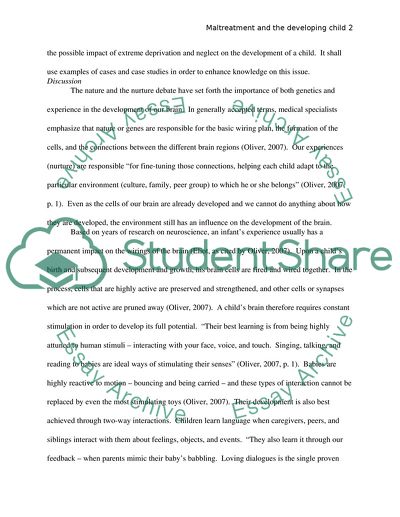Cite this document
(Maltreatment and the Developing Child Article Example | Topics and Well Written Essays - 1500 words, n.d.)
Maltreatment and the Developing Child Article Example | Topics and Well Written Essays - 1500 words. https://studentshare.org/health-sciences-medicine/1569251-maltreatment-and-the-developing-child
Maltreatment and the Developing Child Article Example | Topics and Well Written Essays - 1500 words. https://studentshare.org/health-sciences-medicine/1569251-maltreatment-and-the-developing-child
(Maltreatment and the Developing Child Article Example | Topics and Well Written Essays - 1500 Words)
Maltreatment and the Developing Child Article Example | Topics and Well Written Essays - 1500 Words. https://studentshare.org/health-sciences-medicine/1569251-maltreatment-and-the-developing-child.
Maltreatment and the Developing Child Article Example | Topics and Well Written Essays - 1500 Words. https://studentshare.org/health-sciences-medicine/1569251-maltreatment-and-the-developing-child.
“Maltreatment and the Developing Child Article Example | Topics and Well Written Essays - 1500 Words”. https://studentshare.org/health-sciences-medicine/1569251-maltreatment-and-the-developing-child.


